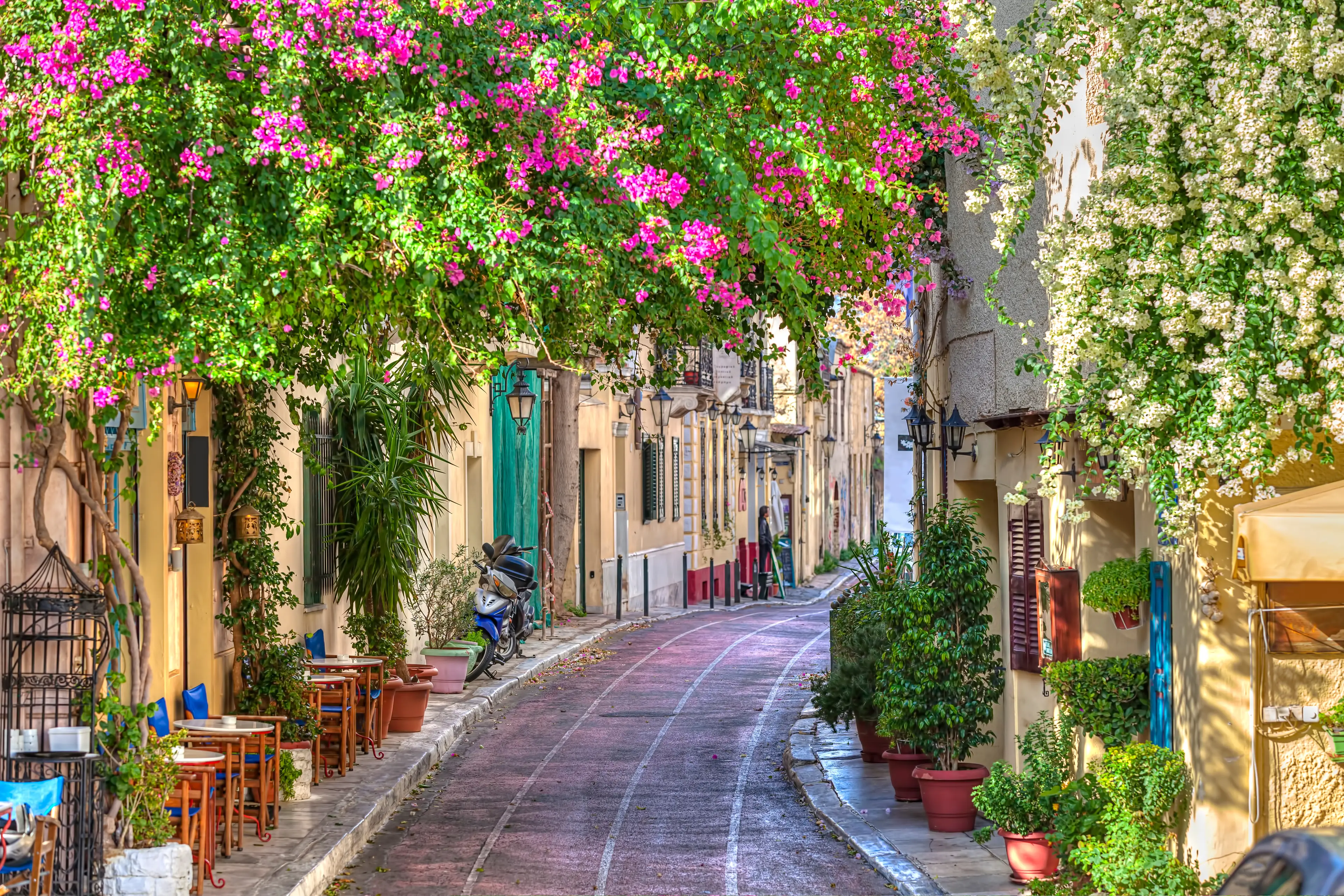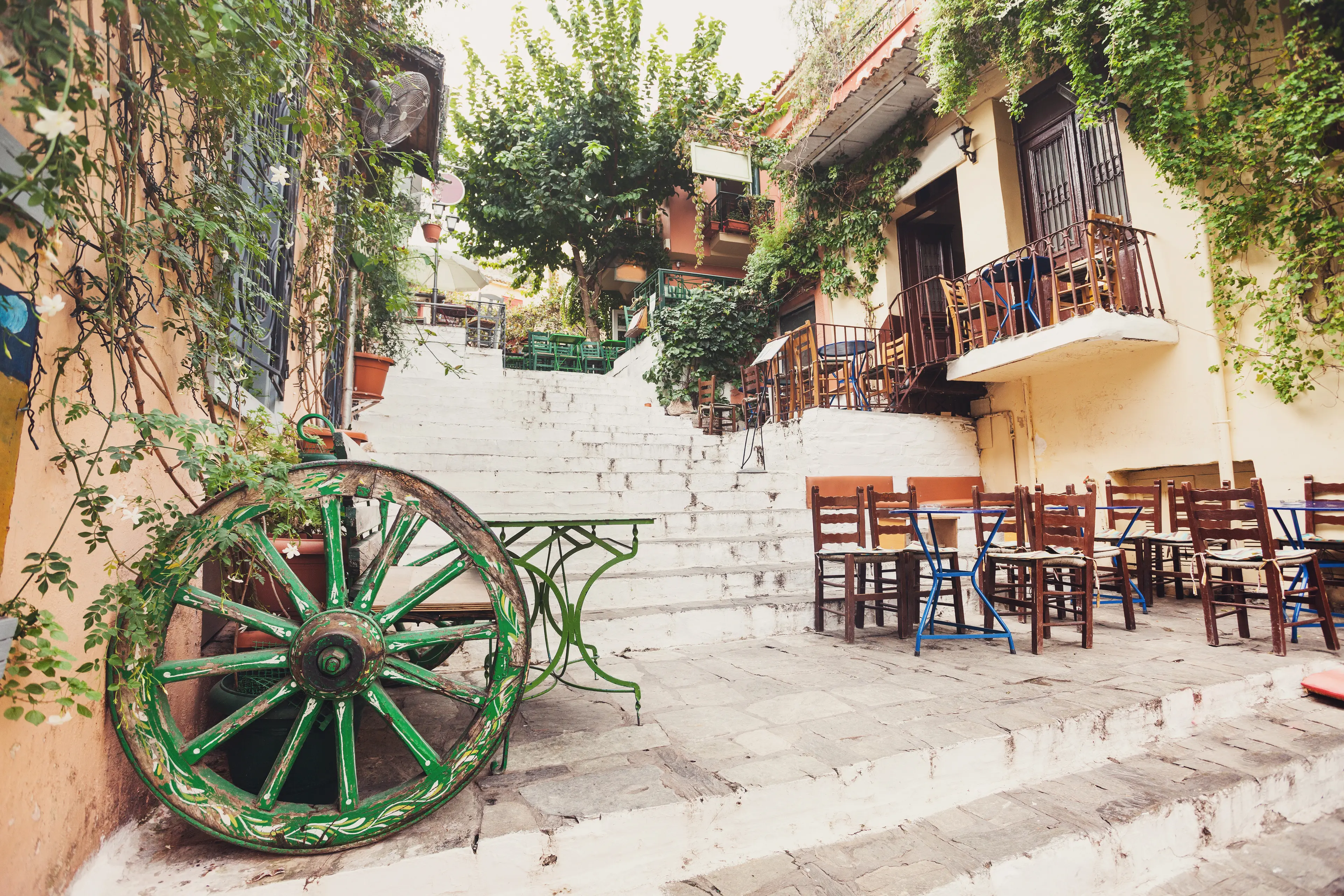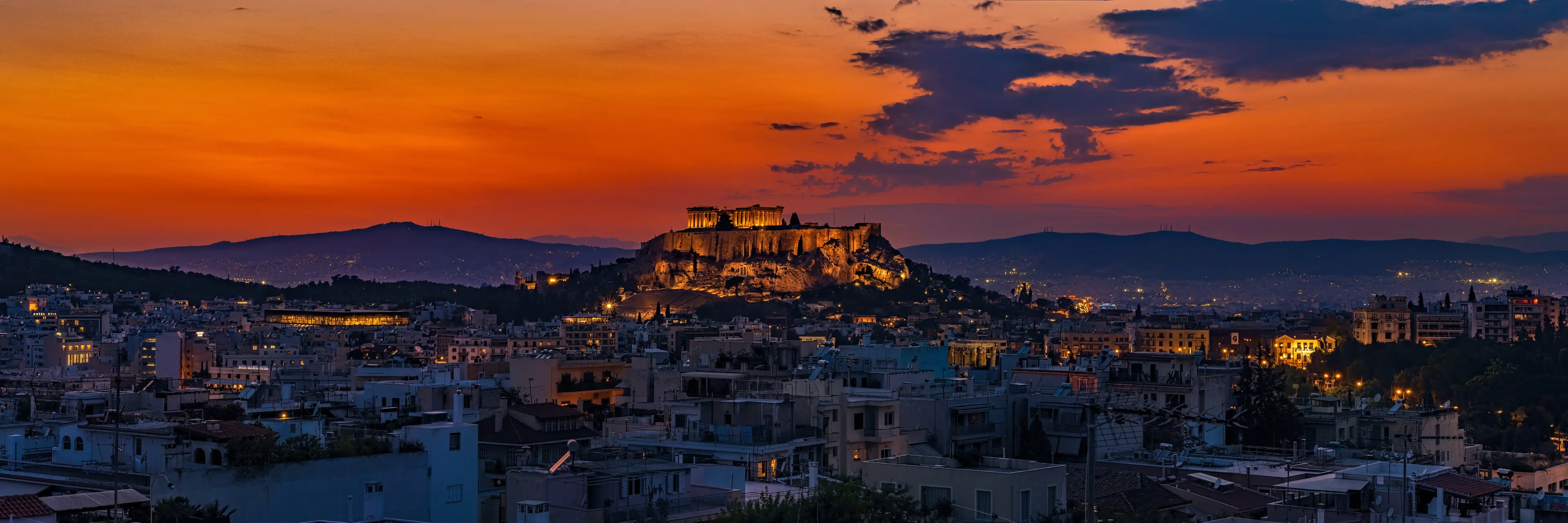Experience the Best of Athens, Greece in One Day
Athens, Greece
1 days
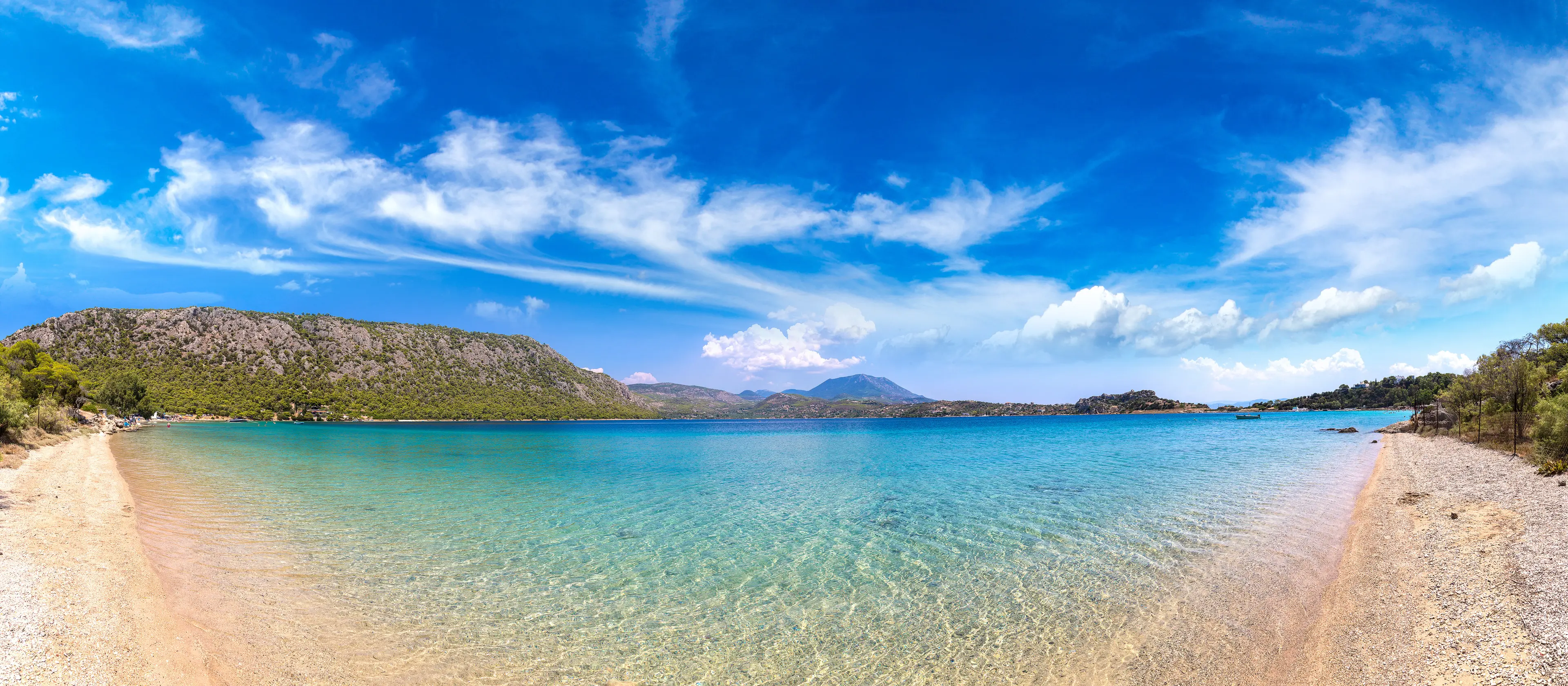



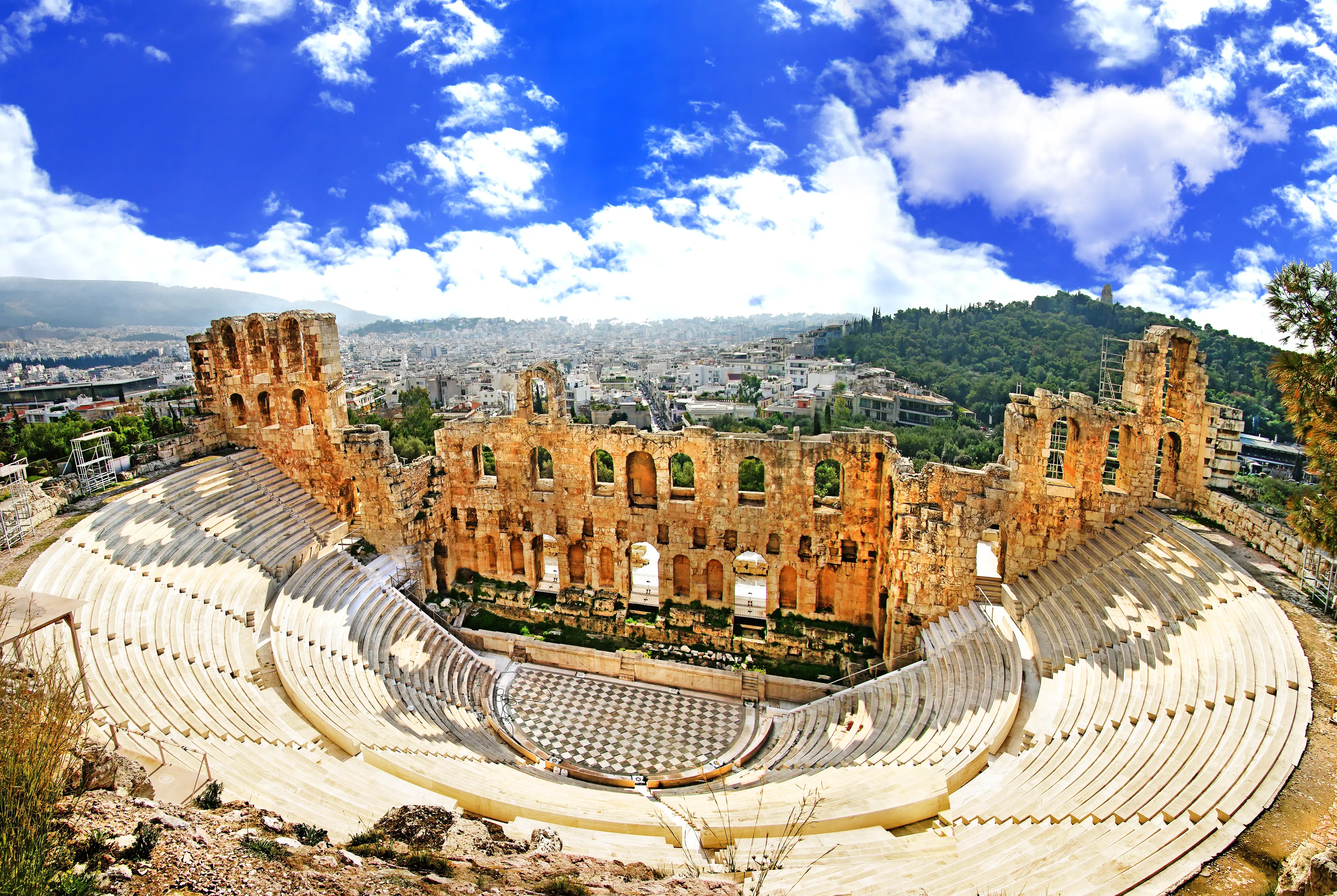
About Athens, Greece
Experience the rich history and vibrant culture of Athens, Greece. As the cradle of Western civilization, Athens boasts iconic landmarks like the Acropolis, Parthenon, and the ancient Agora, offering a glimpse into its glorious past. Wander through the charming Plaka district with its quaint shops and traditional tavernas. Visit the world-class National Archaeological Museum and the modern Acropolis Museum. Enjoy the Mediterranean climate, savor delicious Greek cuisine, and immerse yourself in the city's lively nightlife. Athens also serves as a gateway to the beautiful Greek islands. Whether you're a history buff, a foodie, or a sun-seeker, Athens promises an unforgettable journey.
1-Day Itinerary
Attractions in Itinerary (13)

1Acropolis of Athens
The Acropolis of Athens is an ancient citadel located on a rocky outcrop above the city of Athens and contains the remains of several ancient buildings of great architectural and historic significance, the most famous being the Parthenon.
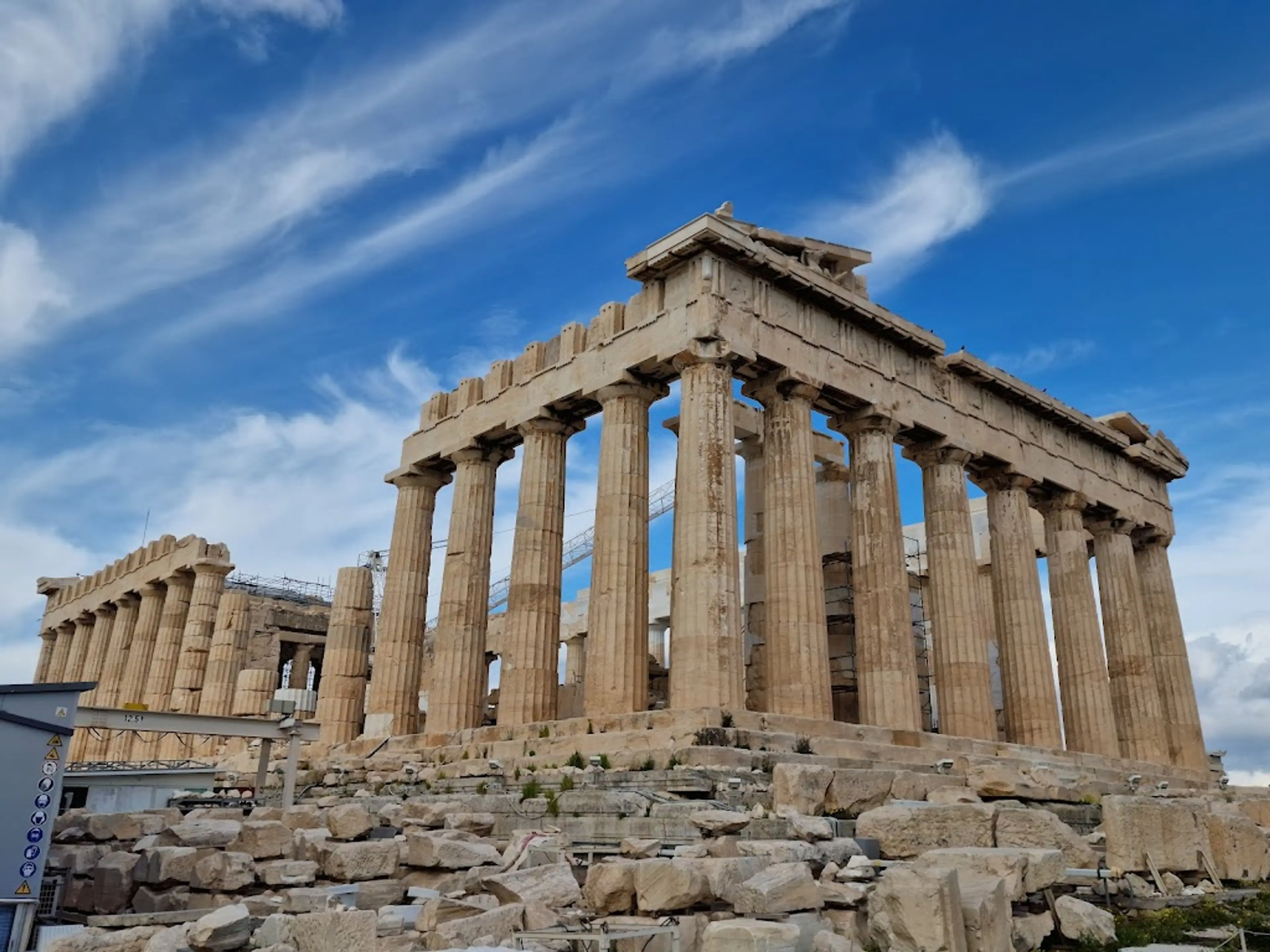
2Parthenon
A former temple on the Athenian Acropolis, dedicated to the goddess Athena, whom the people of Athens considered their patron.

3Erechtheion
The Erechtheion is an ancient Greek temple on the north side of the Acropolis which was dedicated to both Athena and Poseidon.
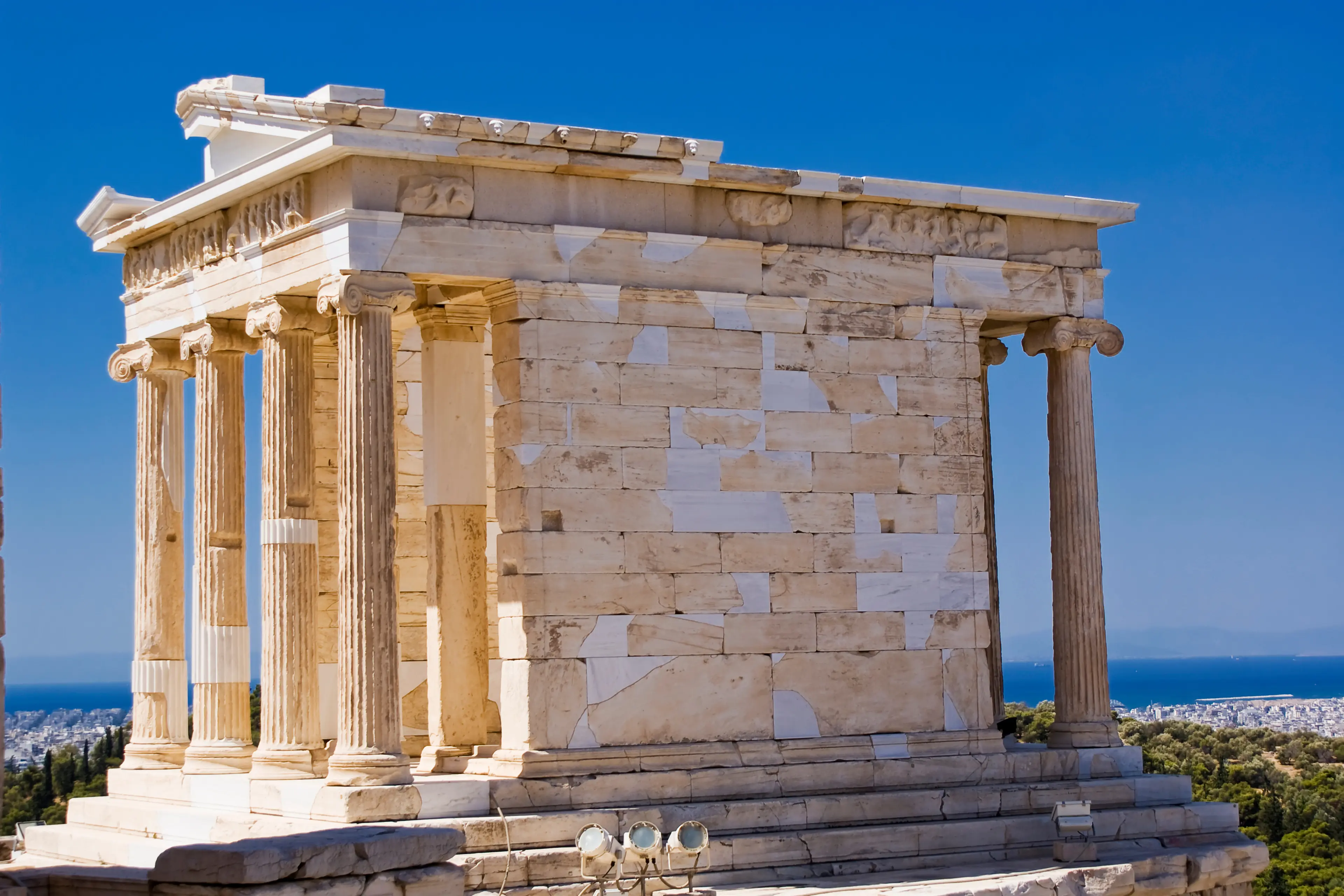
4Temple of Athena Nike
The Temple of Athena Nike is a temple on the Acropolis of Athens, dedicated to the goddess Athena Nike. It was named after the Greek goddess of victory.
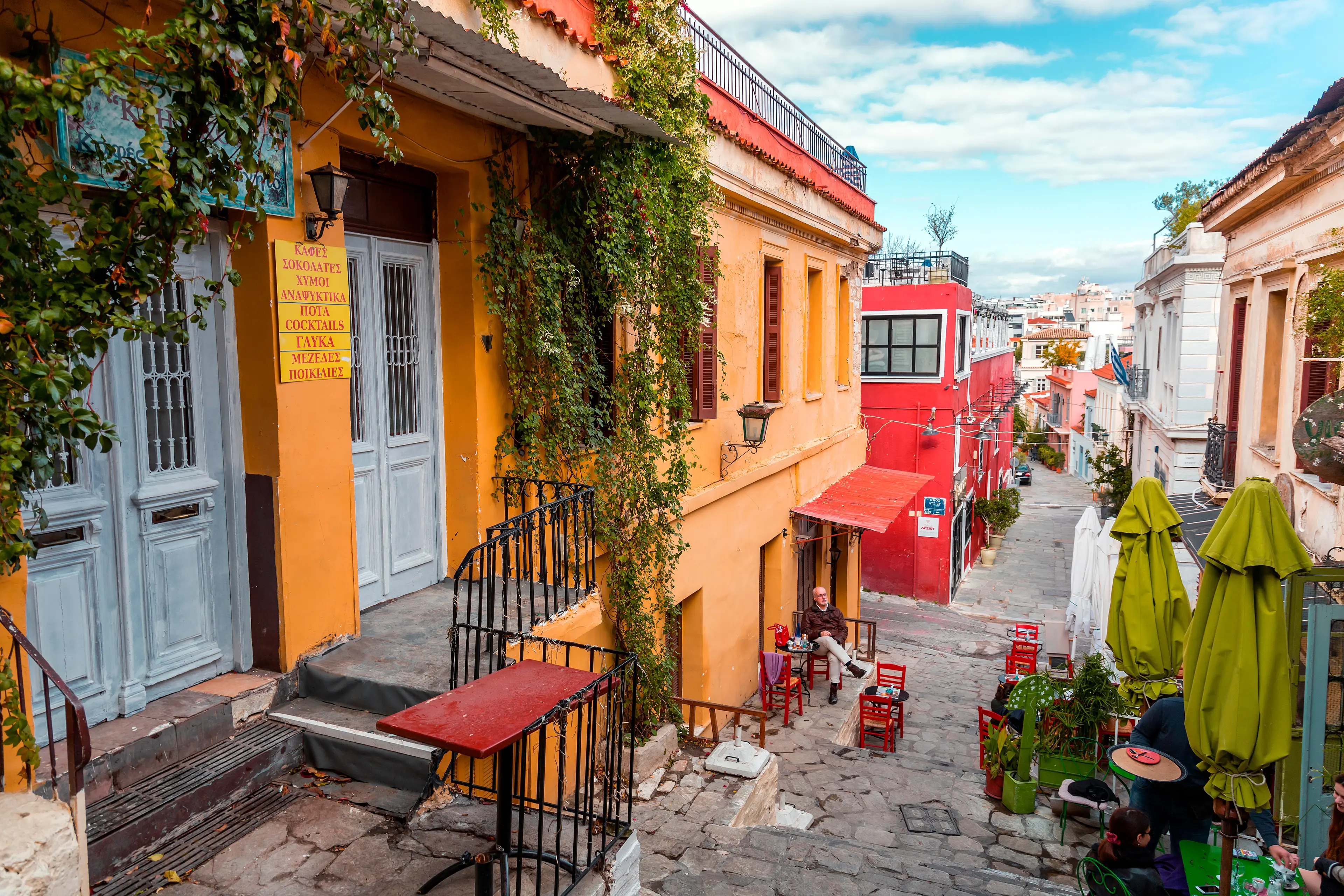
5Plaka
The old historical neighborhood of Athens, clustered around the northern and eastern slopes of the Acropolis, known for its labyrinthine streets and neoclassical architecture.
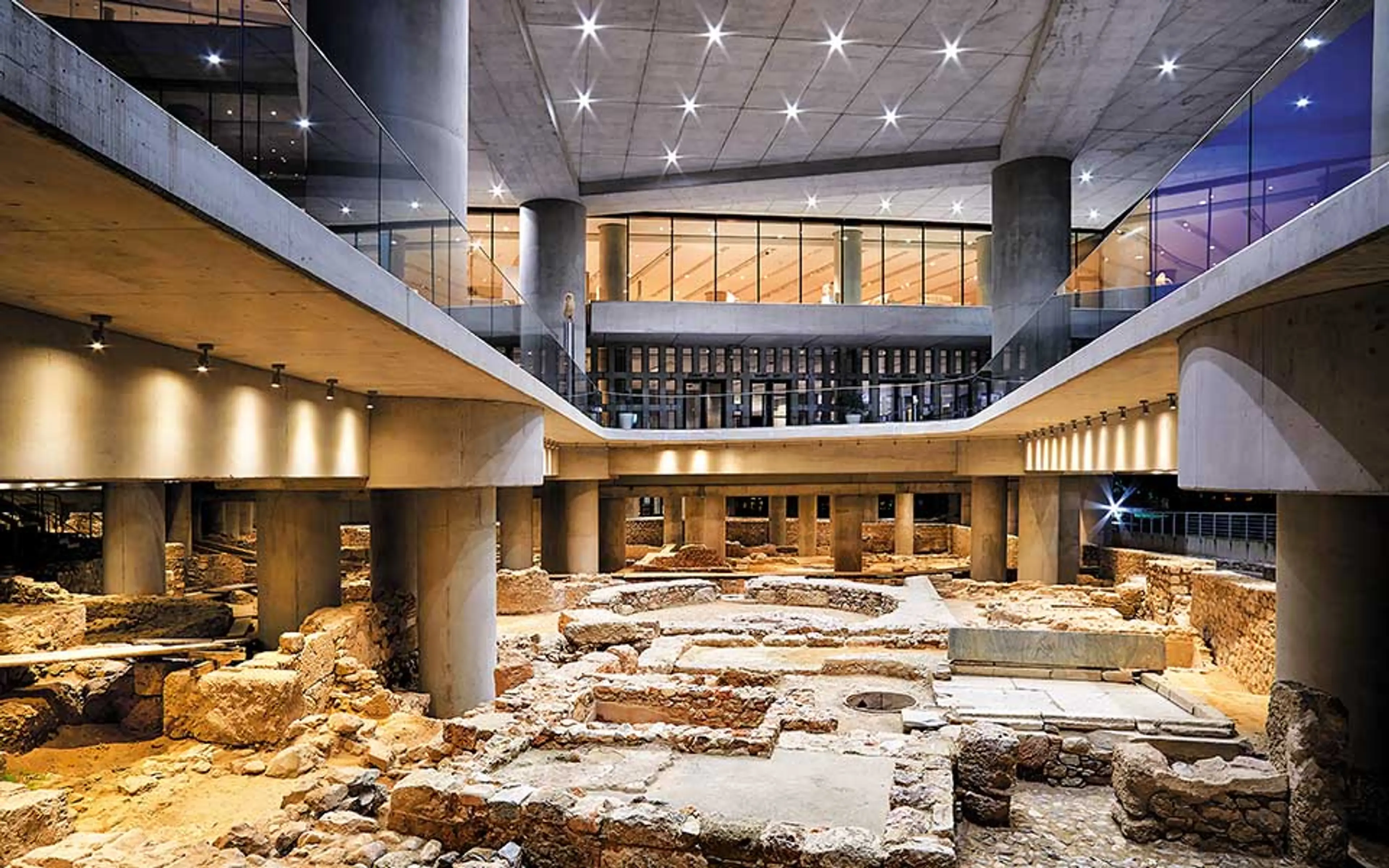
6Acropolis Museum
The Acropolis Museum is an archaeological museum focused on the findings of the archaeological site of the Acropolis of Athens. The museum was built to house every artifact found on the rock and on the surrounding slopes, from the Greek Bronze Age to Roman and Byzantine Greece.

7Ancient Agora
The Ancient Agora of Athens is the best-known example of an ancient Greek agora, located to the northwest of the Acropolis.
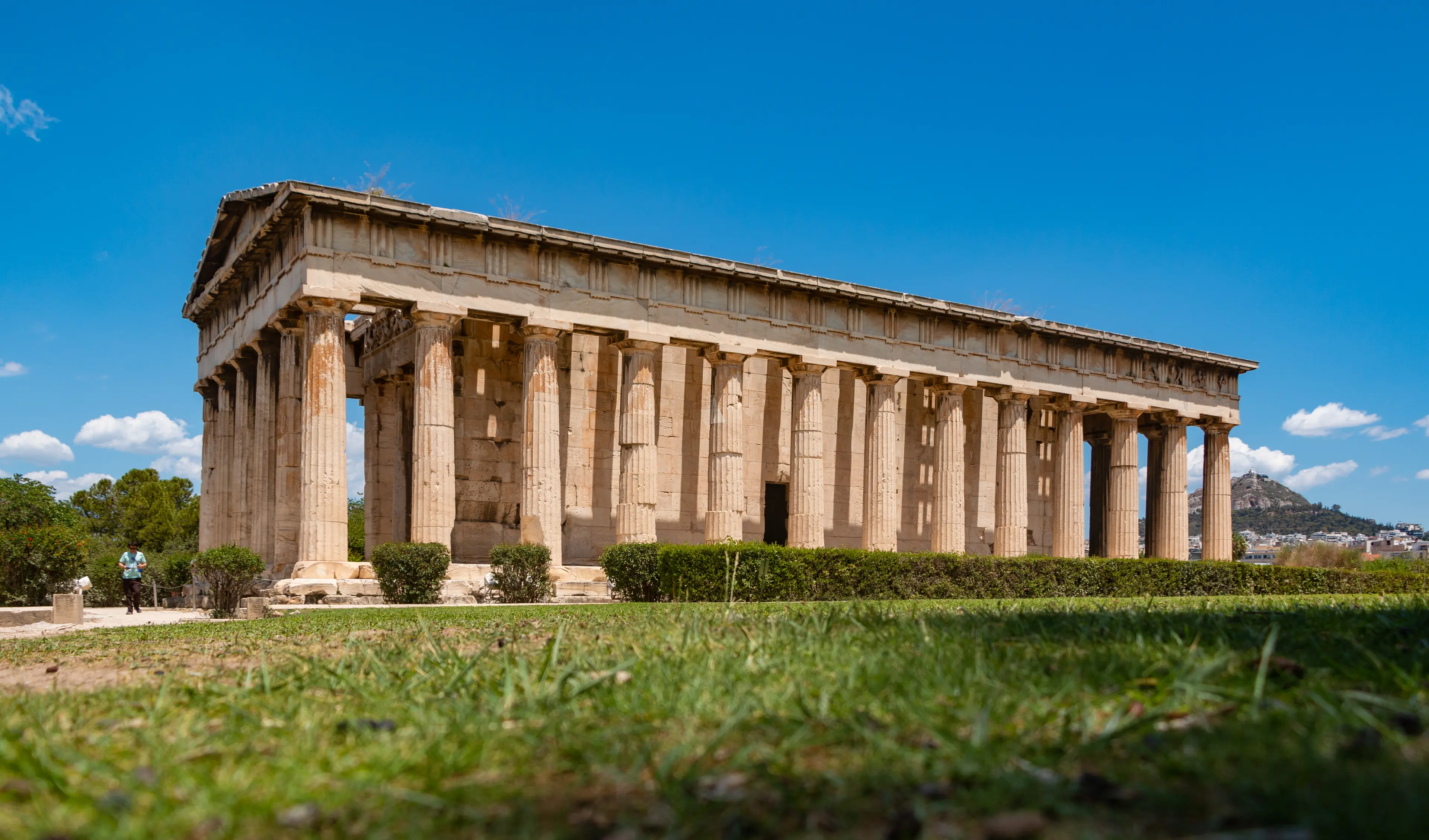
8Temple of Hephaestus
The Temple of Hephaestus is a well-preserved Greek temple; it remains standing largely as built. It is a Doric peripteral temple, and is located at the north-west side of the Agora of Athens, on top of the Agoraios Kolonos hill.
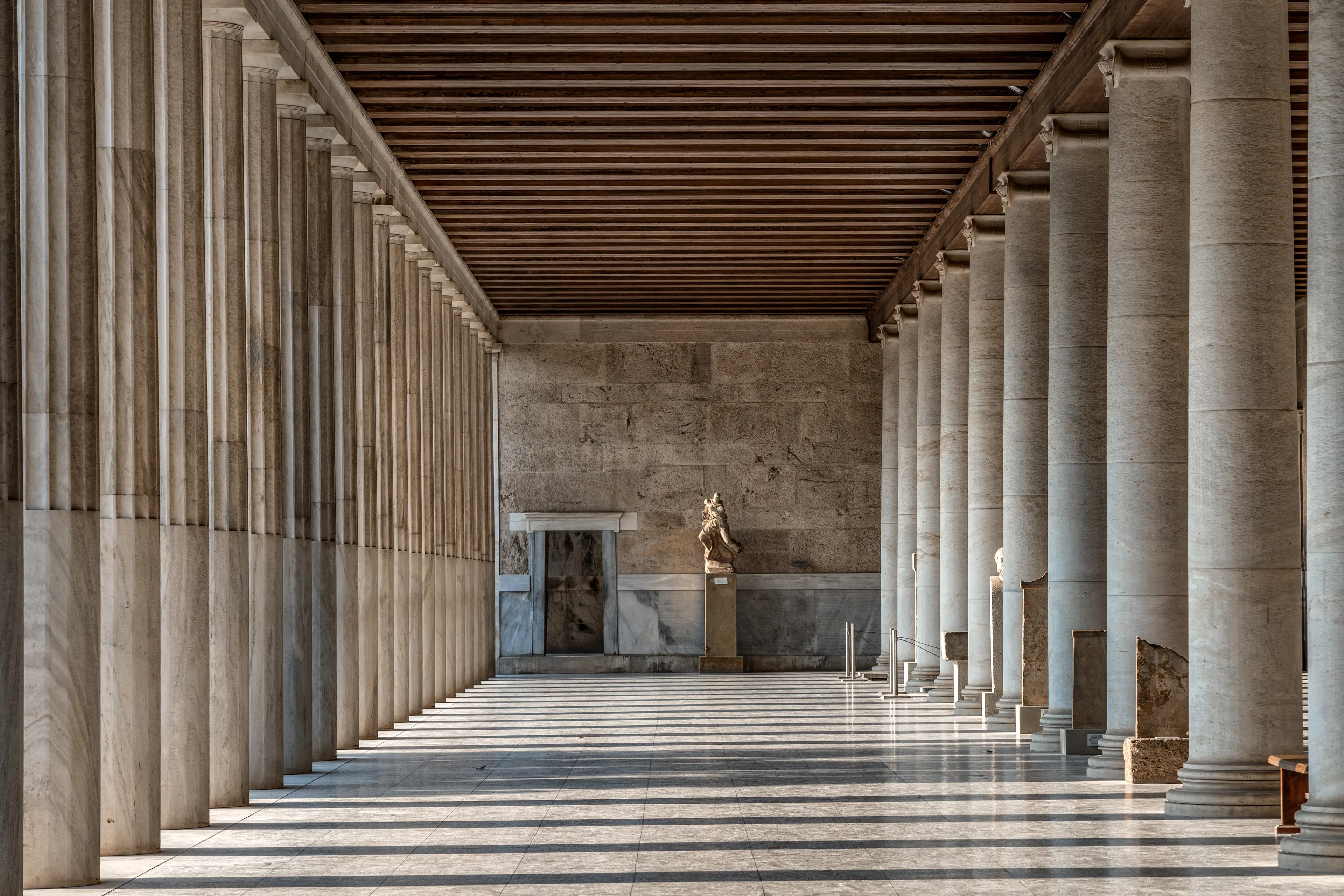
9Stoa of Attalos
The Stoa of Attalos was a stoa in the Agora of Athens, Greece. It was built by and named after King Attalos II of Pergamon, who ruled between 159 BC and 138 BC. Today it houses the Museum of the Ancient Agora.

10Monastiraki
A flea market neighborhood in the old town of Athens, and is one of the principal shopping districts in Athens.
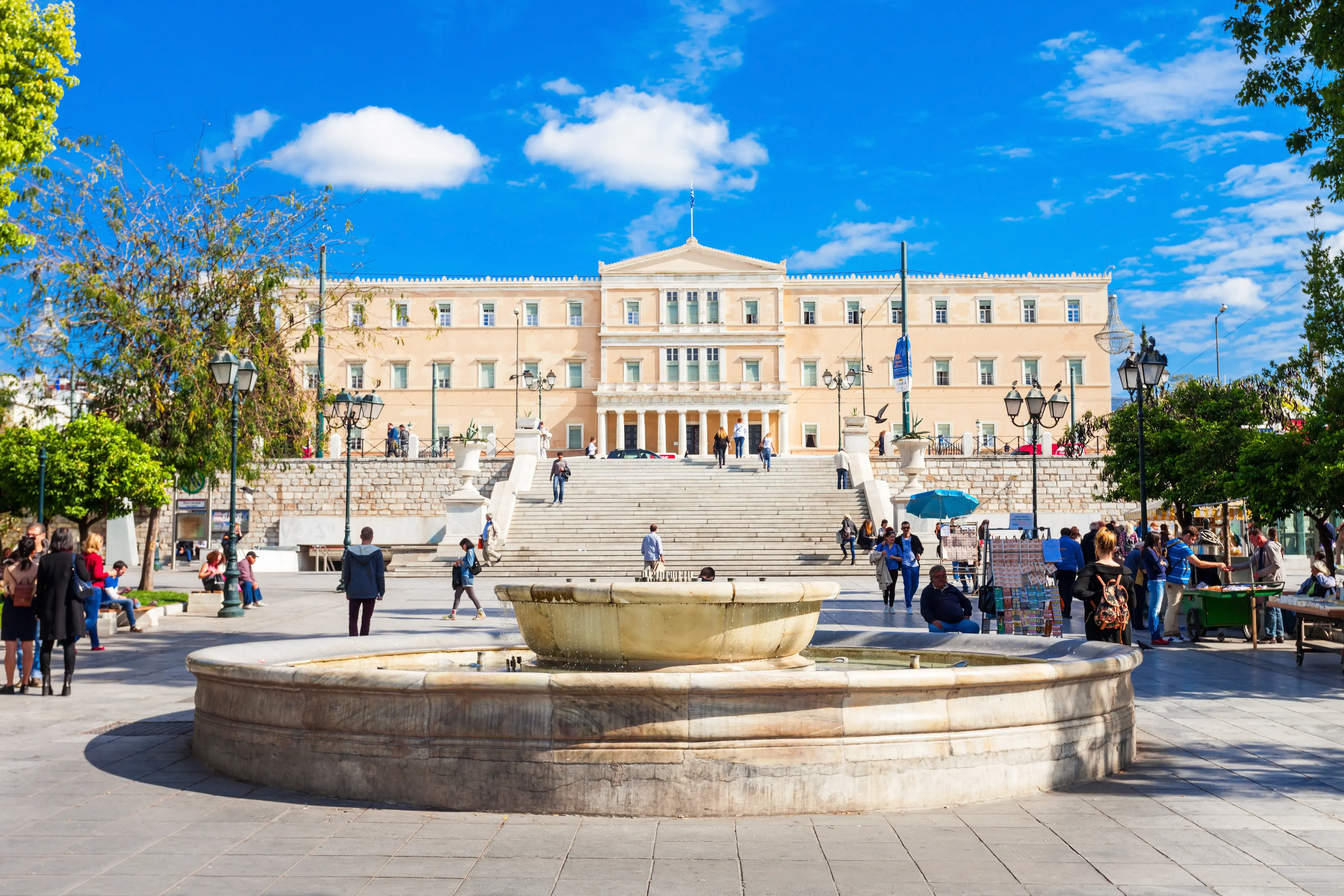
11Syntagma Square
Syntagma Square is the central square of Athens. The square is named after the Constitution that Otto, the first King of Greece, was obliged to grant after a popular and military uprising on 3 September 1843. It is located in front of the 19th century Old Royal Palace, housing the Greek Parliament since 1934.
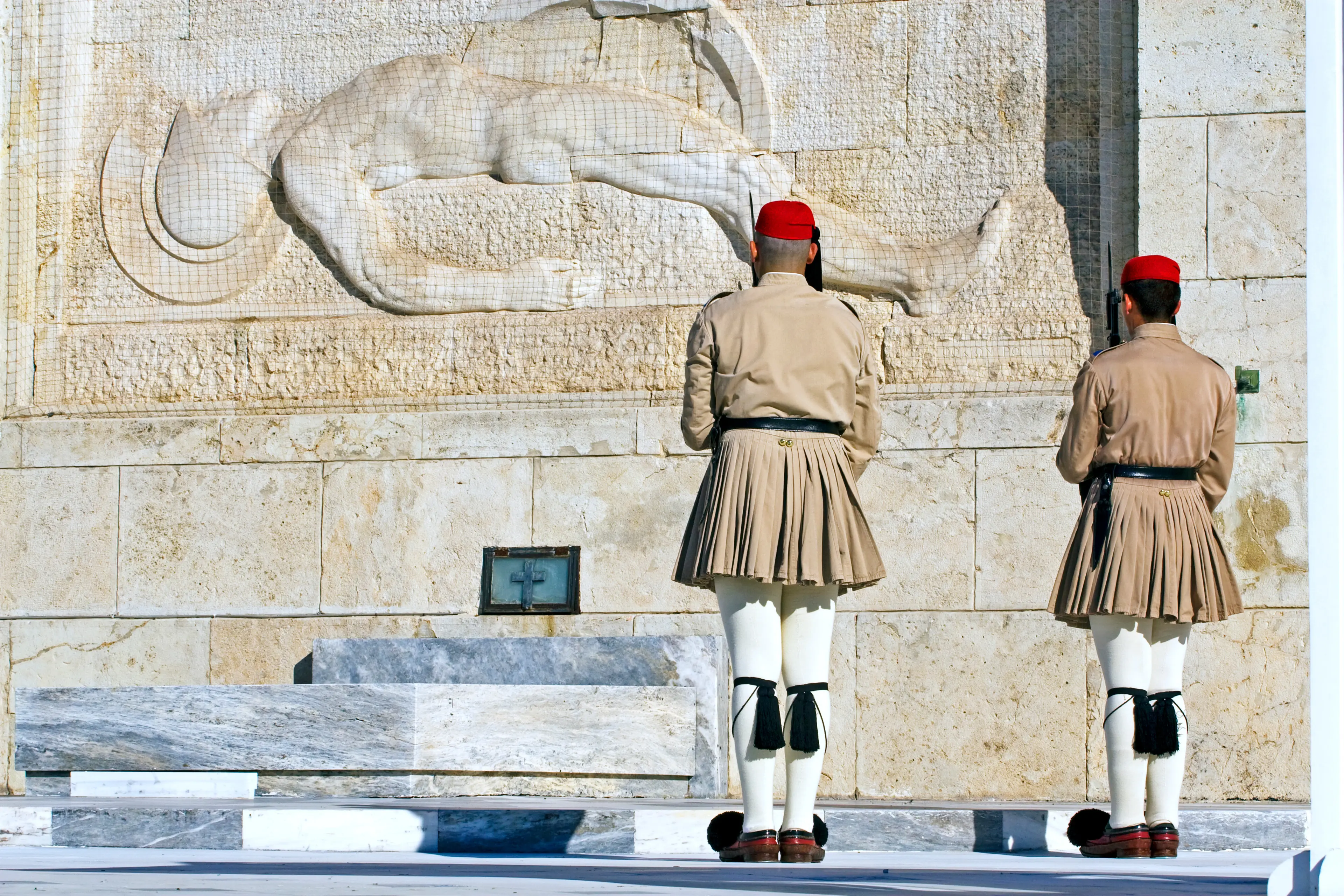
12Tomb of the Unknown Soldier
The Tomb of the Unknown Soldier is a war memorial located in Syntagma Square in Athens, in front of the Old Royal Palace. It is a monument dedicated to the Greek soldiers killed during war. It was unveiled on March 25, 1932, and the soldiers standing guard in front of the Tomb are the Evzones, an elite unit of the Greek Army.
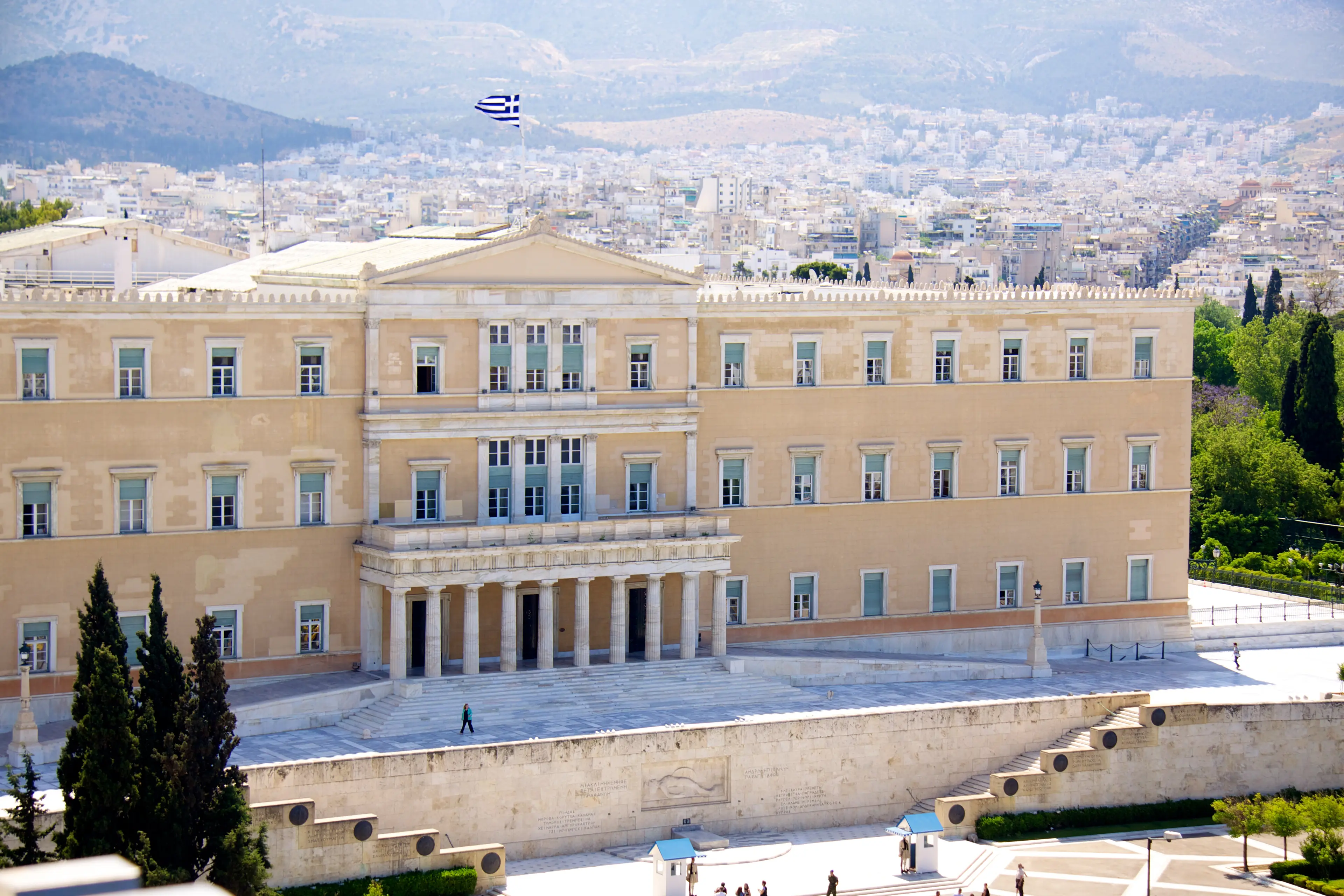
13Greek Parliament
The Hellenic Parliament is the parliament of Greece, located in the Old Royal Palace, overlooking Syntagma Square in Athens. The Parliament is the supreme democratic institution that represents the citizens through an elected body of Members of Parliament.
Local Food and Drinks (12)

Moussaka
A traditional Greek dish made of layered eggplant, minced meat, and béchamel sauce, a must-try when in Athens.
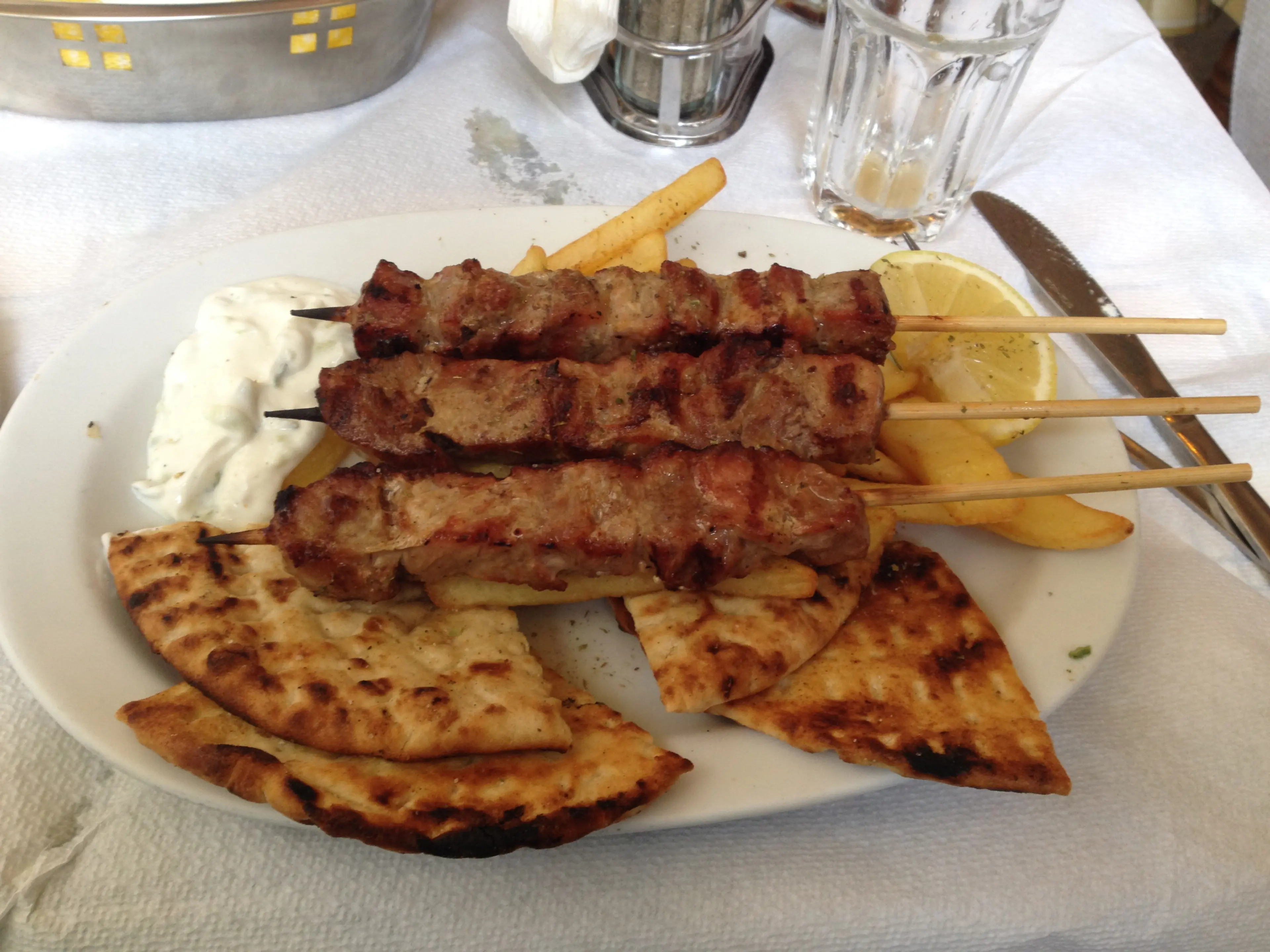
Souvlaki
Popular Greek fast food consisting of small pieces of meat and sometimes vegetables grilled on a skewer, a common sight in Athens.

Tzatziki
A classic Greek appetizer or dip made from yogurt, cucumber, garlic, olive oil, and sometimes lemon juice, and dill. It's a staple in Athens.

Dolmades
Stuffed grape leaves with a filling of rice, often includes pine nuts, and various spices. A traditional dish in Athens.
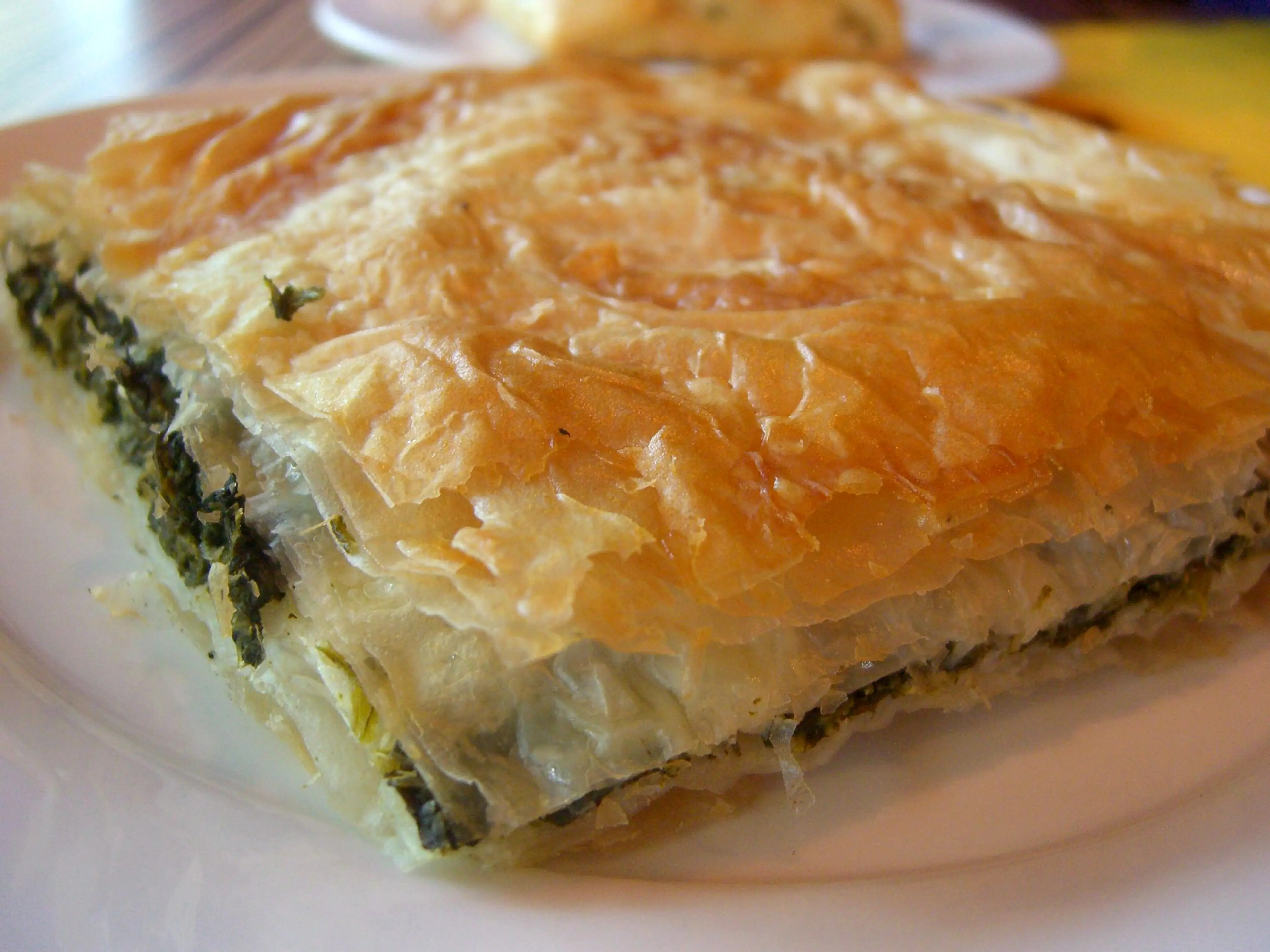
Spanakopita
A savory Greek pastry with a filling of chopped spinach, feta cheese, onions, egg, and seasoning, a popular snack in Athens.

Baklava
A rich, sweet dessert pastry made of layers of filo filled with chopped nuts and sweetened and held together with syrup or honey. It's a classic dessert in Athens.
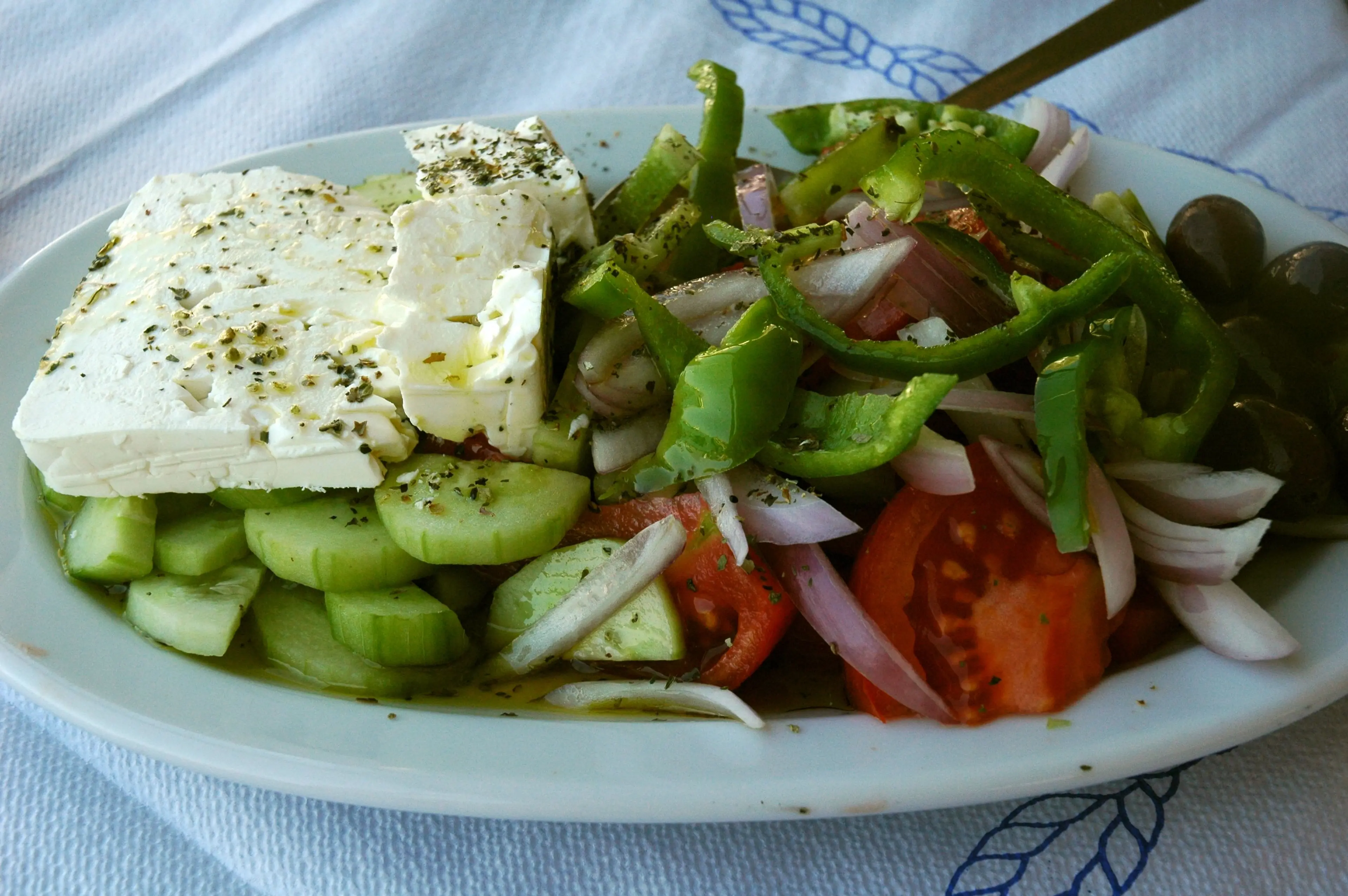
Horiatiki
Also known as Greek Salad, it is made with pieces of tomatoes, sliced cucumbers, onion, feta cheese, and olives, typically seasoned with salt and oregano, and dressed with olive oil. A common dish in Athens.

Pastitsio
A baked pasta dish with ground meat and béchamel sauce, similar to lasagna but with tubular pasta, and cinnamon, nutmeg, and allspice. A traditional dish in Athens.

Loukoumades
Small, sweet fried dough balls drenched in honey syrup and sprinkled with cinnamon, a popular dessert in Athens.

Retsina
A traditional Greek resinated white or rosé wine, which has been made for at least 2000 years. Its unique flavor is said to have originated from the practice of sealing wine vessels, particularly amphorae, with Aleppo Pine resin in ancient times. A must-try when in Athens.

Ouzo
An anise-flavored aperitif that is widely consumed in Greece and Cyprus, and a symbol of Greek culture. Best enjoyed in Athens.

Frappe
A foam-covered iced coffee drink made from instant coffee, water, sugar, and milk. It's a popular drink in Athens, especially during the hot summer months.
Best time to visit
The best time to visit Athens, Greece is during the spring (April to June) or fall (September to November). During these periods, the weather is mild and pleasant, perfect for sightseeing and exploring the city's ancient sites. Additionally, these are considered shoulder seasons, so it's less crowded with tourists compared to the peak summer months. This means shorter lines at attractions and potentially lower prices for accommodations.
National holidays
Here you can find the national calendar of all public holidays for the year. These dates are subject to change as official changes are announced, so check back regularly for updates.
| Date | Day | Holiday Name |
|---|---|---|
January 1 | Mon | New Year's Day |
January 6 | Sat | Epiphany |
March 18 | Mon | Clean Monday |
March 25 | Mon | Annunciation of the Virgin Mary |
March 25 | Mon | Greek Independence Day |
May 1 | Wed | Labor Day / May Day |
May 3 | Fri | Orthodox Good Friday |
May 6 | Mon | Orthodox Easter Monday |
June 24 | Mon | Orthodox Holy Spirit Monday |
August 15 | Thu | Dormition of the Holy Virgin |
October 28 | Mon | The Ochi day |
December 25 | Wed | Christmas Day |
December 26 | Thu | Synaxis of the Mother of God |
How to get around
Metro
The Athens Metro is a rapid-transit system in Greece which serves the Athens urban area and parts of East Attica. It incorporates the former Athens-Piraeus Electric Railways, which opened as a conventional steam railway in 1869, and which was electrified in 1904 and is now part of Line 1. The metro system provides a fast, efficient and cheap way to get around the city.
Bus
Athens has an extensive bus network that covers the city center, suburbs, and nearby areas. The buses are modern and most of them are air-conditioned. The bus network includes regular buses, express buses to the airport, and night buses.
Tram
The Athens Tram is a tram network which serves the southern coastal suburbs of Athens, Greece. It is operated by Urban Rail Transport (STASY) S.A. It provides a scenic and convenient way to travel along the coast, and connects with the metro and bus networks.
Taxi
Taxis are a common way to get around in Athens. They are relatively inexpensive and can be hailed on the street or booked in advance. All taxis are equipped with a meter, and drivers are required by law to use it.
Ridesharing
Ridesharing services like Uber and Beat are available in Athens. These services allow you to book a ride using a smartphone app. They are a convenient and often cheaper alternative to taxis, especially if you are traveling with a group or have a lot of luggage.
Car Rental
If you prefer to drive yourself, there are many car rental companies in Athens. Driving in Athens can be challenging due to heavy traffic and narrow streets, but it gives you the flexibility to explore the city and surrounding areas at your own pace.
Bicycle
Athens has a growing network of bicycle lanes, and many areas of the city are flat and easy to navigate by bike. There are several places where you can rent a bike for the day or for a longer period.
Walk
Walking is a great way to explore Athens, especially the historic city center. Many of the city's main attractions, including the Acropolis, Plaka, and the National Archaeological Museum, are within walking distance of each other.
Funicular
The Lycabettus Funicular is a funicular railway in Athens, which links Kolonaki to the summit of Lycabettus hill. It provides a unique and scenic way to reach one of the best viewpoints in the city.
Important information
Currency€ EUR
Time zoneUTC+2
Driving sideRight
Emergency phoneAmbulance: 112, 166; Fire: 112, 199; Police: 112, 100
Drinking waterOpt for bottled water
Power sockets
Voltage230 V
Things to know about Athens, Greece as a first time visitor
1
The official language is Greek, but English is widely spoken in tourist areas.
2
The currency is the Euro (€). Credit cards are widely accepted, but it's also a good idea to carry some cash.
3
Tipping is customary in Greece. In restaurants, it's common to leave a tip of around 5-10% of the bill.
4
The standard voltage in Greece is 230 V, and the frequency is 50 Hz. The power plugs and sockets are of type F.
5
Greece is in the Eastern European Time Zone (EET), which is 2 hours ahead of Coordinated Universal Time (UTC+2).
6
Greece has a Mediterranean climate. Summers (June to August) are hot and dry with temperatures often above 86°F (30°C), while winters (December to February) are mild with temperatures usually between 41-59°F (5-15°C).
7
Public transportation in Athens includes buses, trolleys, trams, and the metro. Taxis are also widely available.
8
Greece is generally a safe country, but like any major city, Athens has areas that are best avoided. Always be aware of your surroundings and keep your belongings secure.
9
Greek cuisine is a highlight of any visit. Be sure to try local dishes such as moussaka, souvlaki, and tzatziki.
10
Smoking is very common in Greece and is allowed in many public places, including some restaurants and bars.
11
Tap water in Athens is generally safe to drink, but bottled water is widely available if you prefer.
12
Greece operates on a 24-hour clock, similar to military time in the U.S. For example, 1:00 p.m. would be 13:00.
13
Pharmacies in Greece are marked with a green cross and are usually open from 8:00 to 14:30 and then from 17:30 to 20:30.
14
The emergency number in Greece for police, fire, and ambulance services is 112.
15
Greece has strict laws against drug use, and penalties can be severe.
16
Public restrooms can be hard to find in Athens, and many charge a small fee.
17
It's considered respectful to dress modestly when visiting religious sites, such as churches and monasteries.
18
Greece has a strict policy against photographing military installations or personnel.
19
Most shops in Athens close on Sundays, and many also close in the afternoon for a few hours.
20
Athens can be very crowded, especially during the peak tourist season (June to August). Plan accordingly to avoid the crowds.
Basic Greek to know as a first time visitor
English phrase | Native phrase | Pronunciation | When to use it |
|---|---|---|---|
Hello | Γεια σου | Yah soo | Greeting someone |
Goodbye | Αντίο | Adio | Leaving or saying goodbye |
Please | Παρακαλώ | Parakalo | Making a request |
Thank you | Ευχαριστώ | Efharisto | Expressing gratitude |
Yes | Ναι | Nai | Agreeing or confirming |
No | Όχι | Ohi | Disagreeing or denying |
Excuse me | Συγγνώμη | Signomi | Getting attention or apologizing |
I'm sorry | Λυπάμαι | Lipame | Apologizing |
Do you speak English? | Μιλάτε αγγλικά; | Milate anglika; | Trying to communicate |
I don't understand | Δεν καταλαβαίνω | Den katalaveno | Difficulty in understanding |
Help | Βοήθεια | Voítheia | In emergencies |
Bathroom | Μπάνιο | Bánio | Looking for a restroom |
Food | Φαγητό | Fagitó | Looking for a place to eat |
Water | Νερό | Neró | Asking for water |
Beer | Μπύρα | Bíra | Ordering a beer |
Wine | Κρασί | Krasí | Ordering a wine |
Check, please | Ο λογαριασμός, παρακαλώ | O logariasmos, parakaló | Asking for the bill |
How much does it cost? | Πόσο κοστίζει; | Poso kostízei; | Enquiring about the price |
Where is...? | Πού είναι...? | Pou ine...? | Asking for directions |
I'm lost | Έχω χαθεί | Eho hathee | When you are lost |
Packing List
Clothing
Comfortable walking shoes
Lightweight clothing
Sweater or light jacket
Sunglasses
Hat or cap
Swimsuit (if planning to swim)
Toiletries
Travel-size toothpaste
Toothbrush
Deodorant
Travel-size shampoo and conditioner
Sunscreen
Hand sanitizer
Face mask
Travel documents and essentials
Passport
Driver's license or ID card
Credit and debit cards
Cash (Euros)
Travel insurance documents
Hotel and transportation reservation confirmations
Emergency contacts and addresses
Electronics and gadgets
Smartphone
Charger for smartphone
Power bank
Headphones
Camera (if not using smartphone camera)
Adapter plug (Greece uses Type C and Type F plugs)
Miscellaneous items
Travel guidebook for Athens
Map of Athens
Reusable water bottle
Snacks
Travel pillow
Travel first aid kit
Weather Conditions
When visiting Athens, Greece, it's crucial to consider the weather as it can significantly impact your travel experience. Athens experiences a Mediterranean climate with hot, dry summers and mild, wet winters. During the summer months (June to August), temperatures can soar up to 95°F (35°C), so it's advisable to pack light clothing, sunblock, hats, and sunglasses to protect yourself from the heat. It's also a good idea to stay hydrated and plan sightseeing activities during the cooler parts of the day, such as early morning or late afternoon. Spring (April to June) and autumn (September to November) are considered the best times to visit Athens. The weather is typically warm and pleasant, with temperatures ranging from 60°F (15°C) to 75°F (24°C). These seasons are perfect for outdoor activities and sightseeing, as the city is less crowded and the weather is comfortable. Winter (December to February) in Athens is mild compared to other European cities, with temperatures usually between 41°F (5°C) and 59°F (15°C). However, rainfall is more frequent during this period, so packing a waterproof jacket or umbrella would be wise. Regardless of the season, it's always a good idea to check the weather forecast before your trip to ensure you're adequately prepared. Remember, the weather can sometimes be unpredictable, so packing a variety of clothing options is always a good idea.
| Month | Hi / Lo (°C) | Weather Overview |
|---|---|---|
January | 15° / 5° | January is the coldest month in Athens, but it's still relatively mild compared to many other European destinations. The weather can be unpredictable, with occasional rain, so pack accordingly. |
February | 16° / 6° | February sees a slight increase in temperature, but rain is still possible. It's a good time to visit if you want to avoid the tourist crowds. |
March | 18° / 8° | March marks the beginning of spring in Athens. The weather starts to warm up, but there can still be some rainy days. |
April | 21° / 11° | April is a great time to visit Athens, with pleasant temperatures and plenty of sunshine. The Easter celebrations in Greece are also a unique experience. |
May | 25° / 15° | May is an ideal time to visit Athens, with warm, sunny weather and little rain. It's perfect for sightseeing and exploring the city's outdoor attractions. |
June | 30° / 20° | June is the start of the summer season in Athens. The weather is hot, but not unbearable, and the city is full of life. |
July | 33° / 23° | July is the hottest month in Athens, with temperatures often exceeding 30°C. It's a great time to hit the beaches, but be prepared for the heat. |
August | 33° / 23° | August is equally hot as July, but the city is less crowded as many locals go on vacation. It's a good time to visit if you don't mind the heat. |
September | 29° / 19° | September is a fantastic time to visit Athens, with less crowds and still warm weather. The sea is also at its warmest, perfect for swimming. |
October | 25° / 15° | October sees the return of cooler, more comfortable temperatures. It's a great time to visit if you want to avoid the summer crowds and heat. |
November | 21° / 11° | November is a quiet time to visit Athens, with mild weather and fewer tourists. It's a good time to explore the city's museums and historical sites. |
December | 17° / 7° | December is the start of winter in Athens, but the weather remains relatively mild. It's a good time to visit if you want to experience the city's Christmas festivities. |
Did you know?
Places near by Athens, Greece
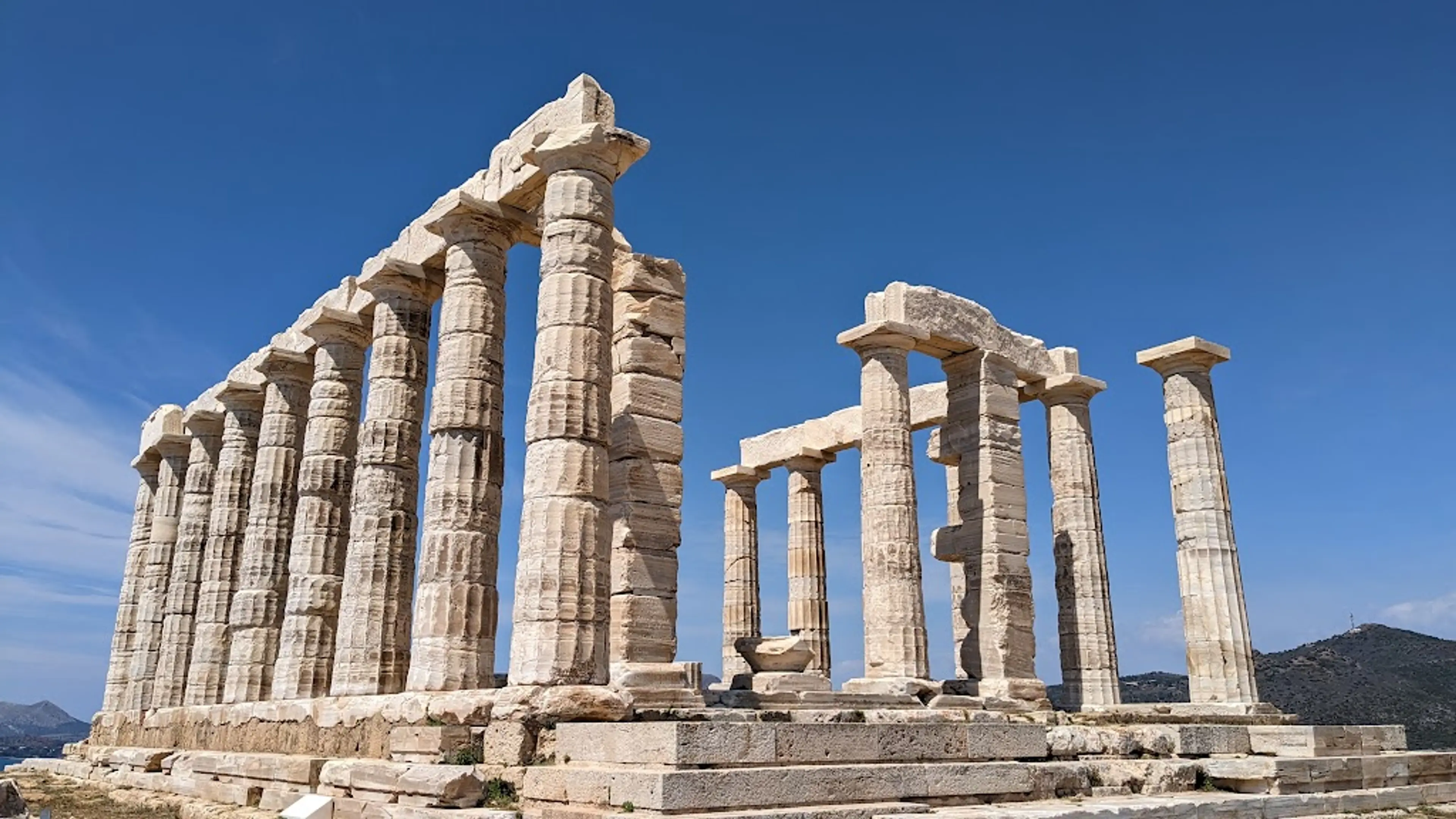
Temple of Poseidon
Ancient Greek temple on the southernmost tip of the Attica peninsula.
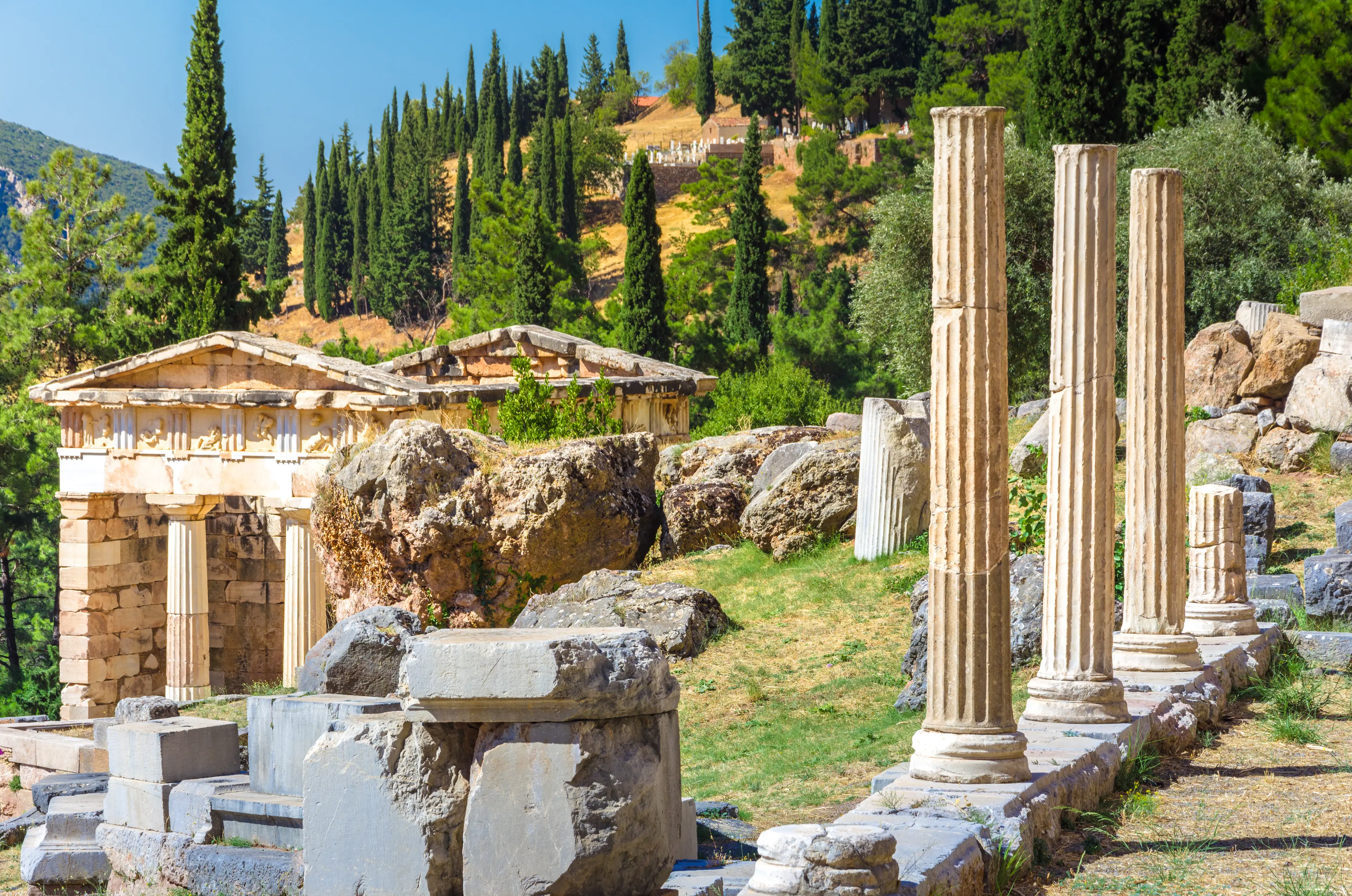
Delphi
Ancient town that was considered the center of the world in Greek mythology.
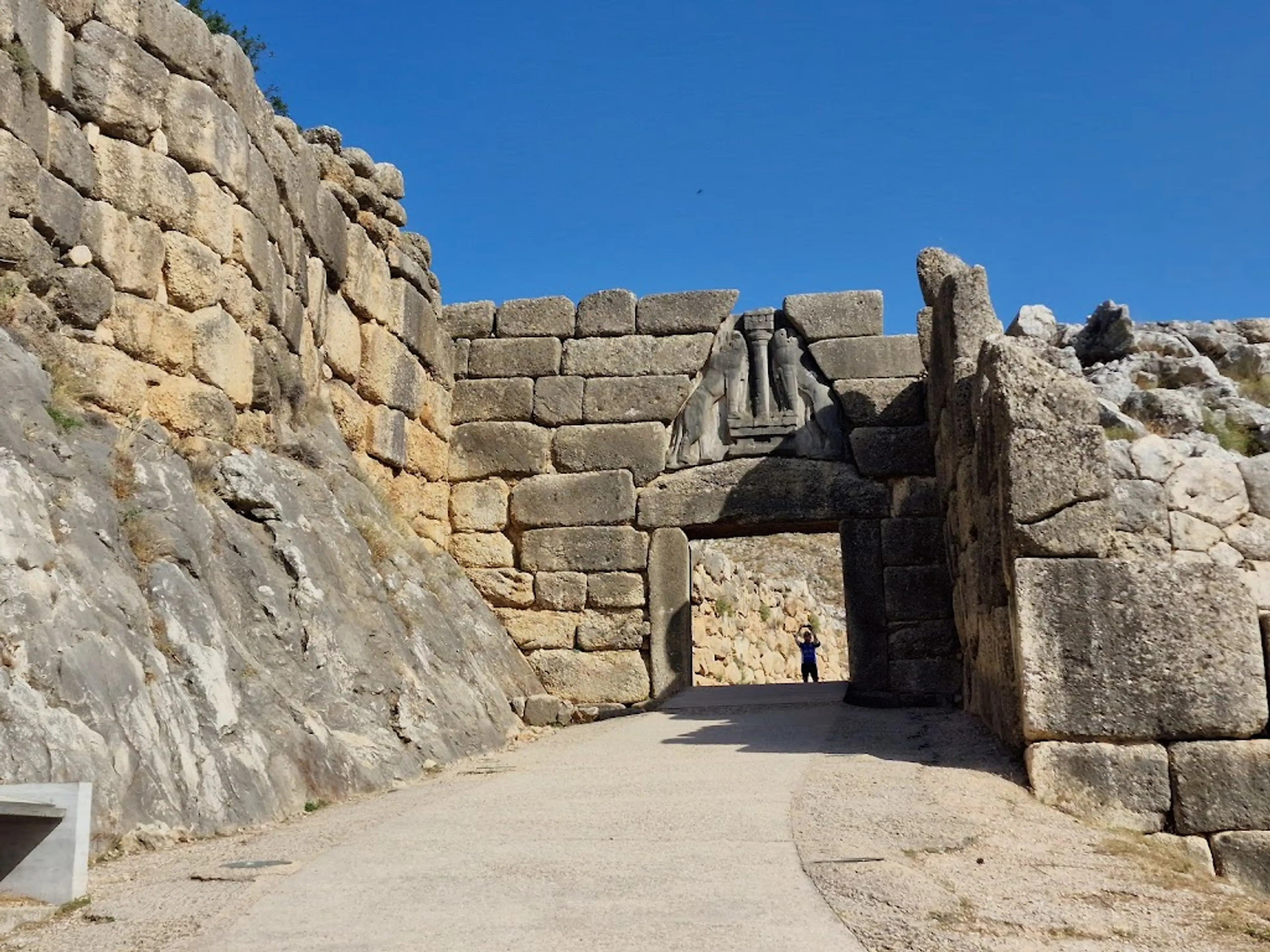
Mycenae
Archaeological site near Mykines in Argolis, in the northeastern Peloponnese.
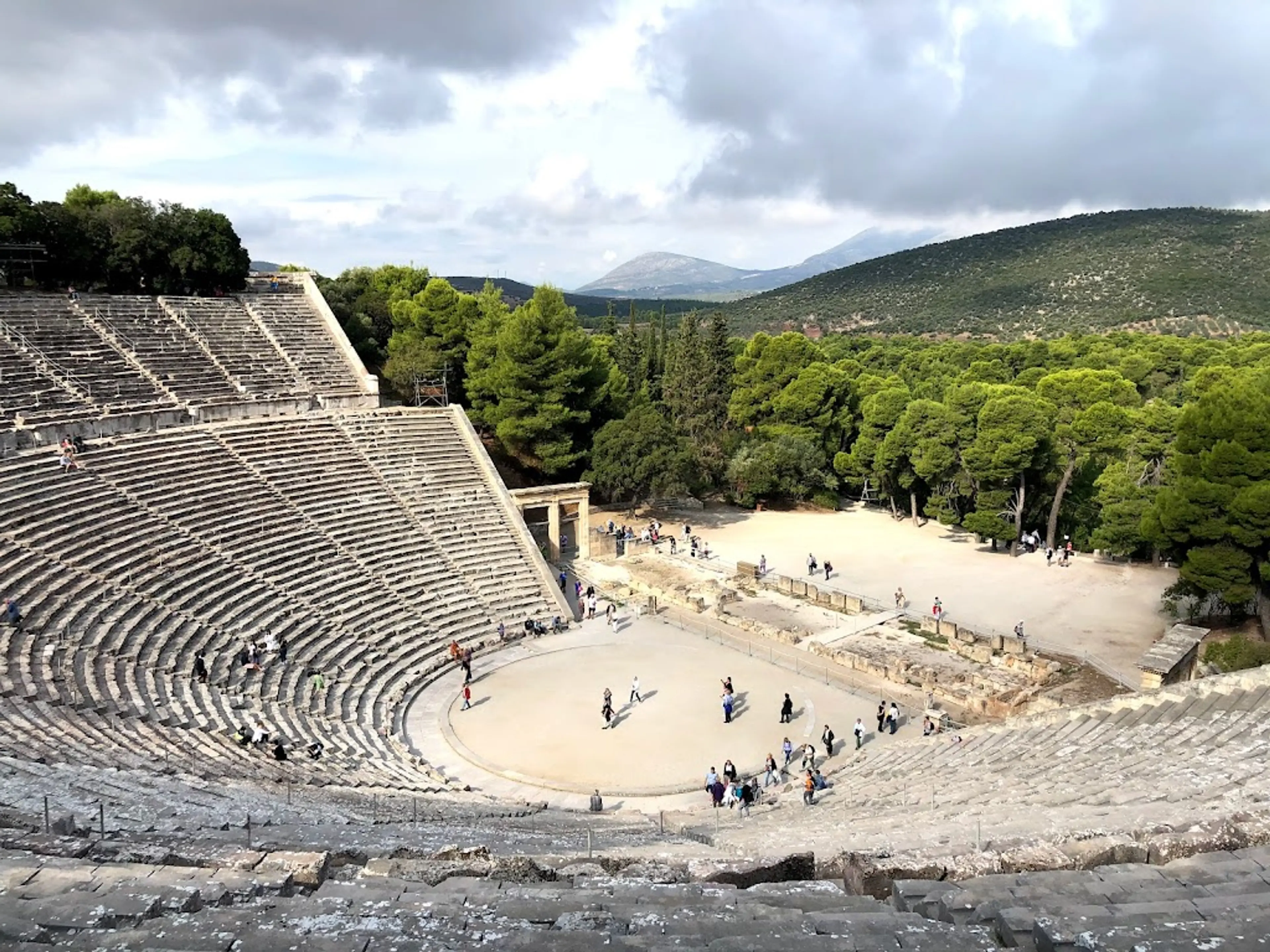
Epidaurus
Famous ancient theatre and a UNESCO World Heritage site.
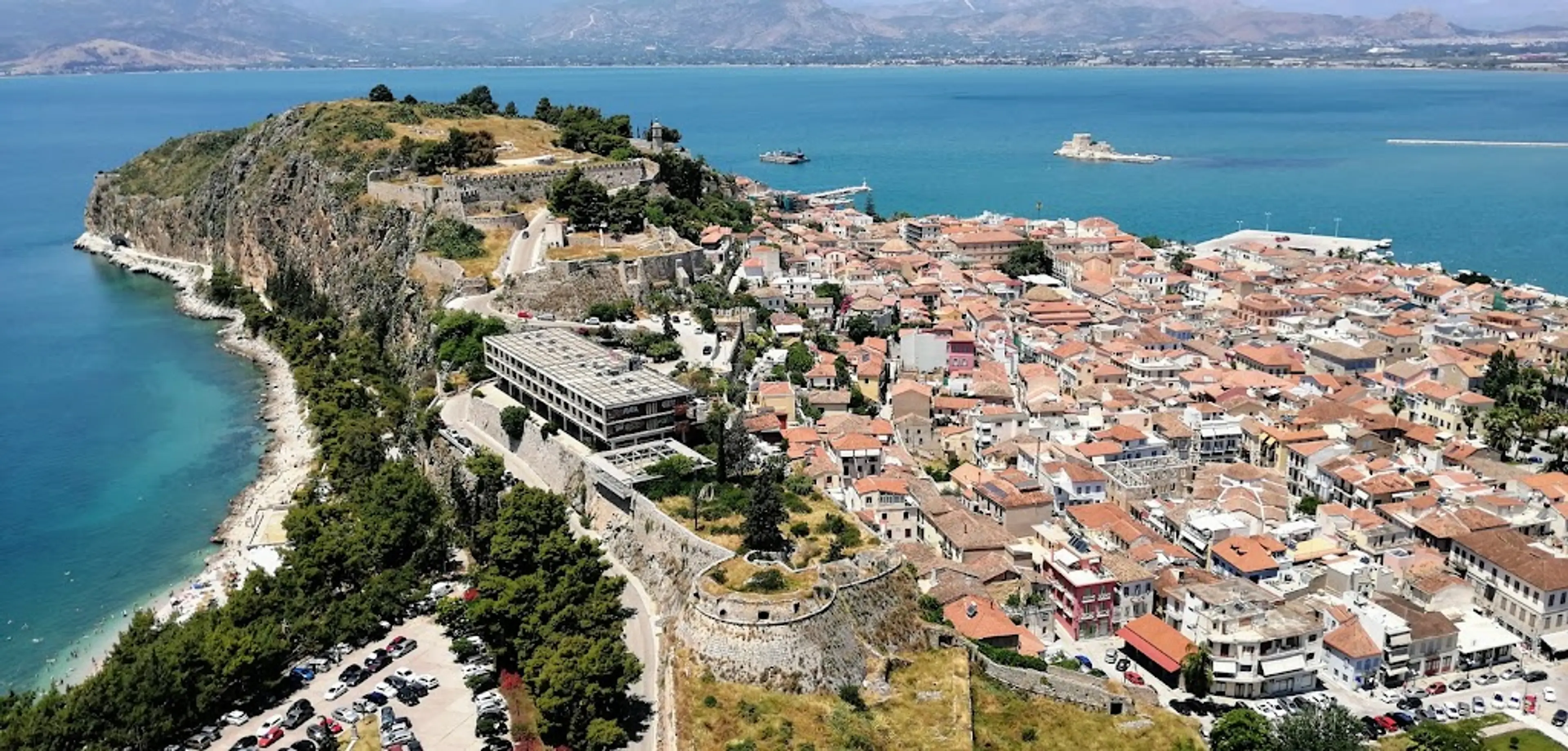
Nafplio
First capital of the modern Greek state, known for its medieval fortifications.
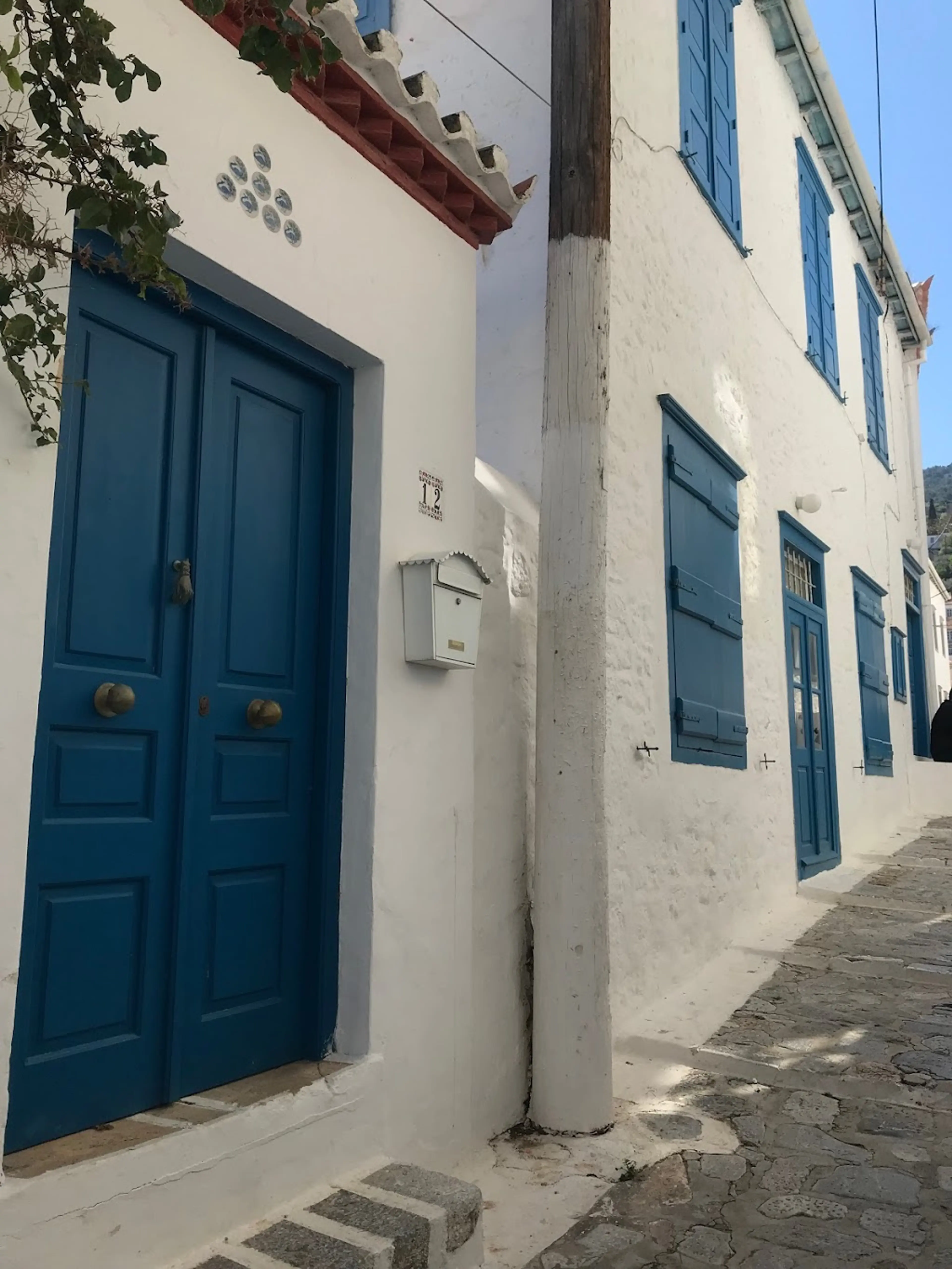
Hydra
Island known for its well-preserved stone architecture and no cars policy.
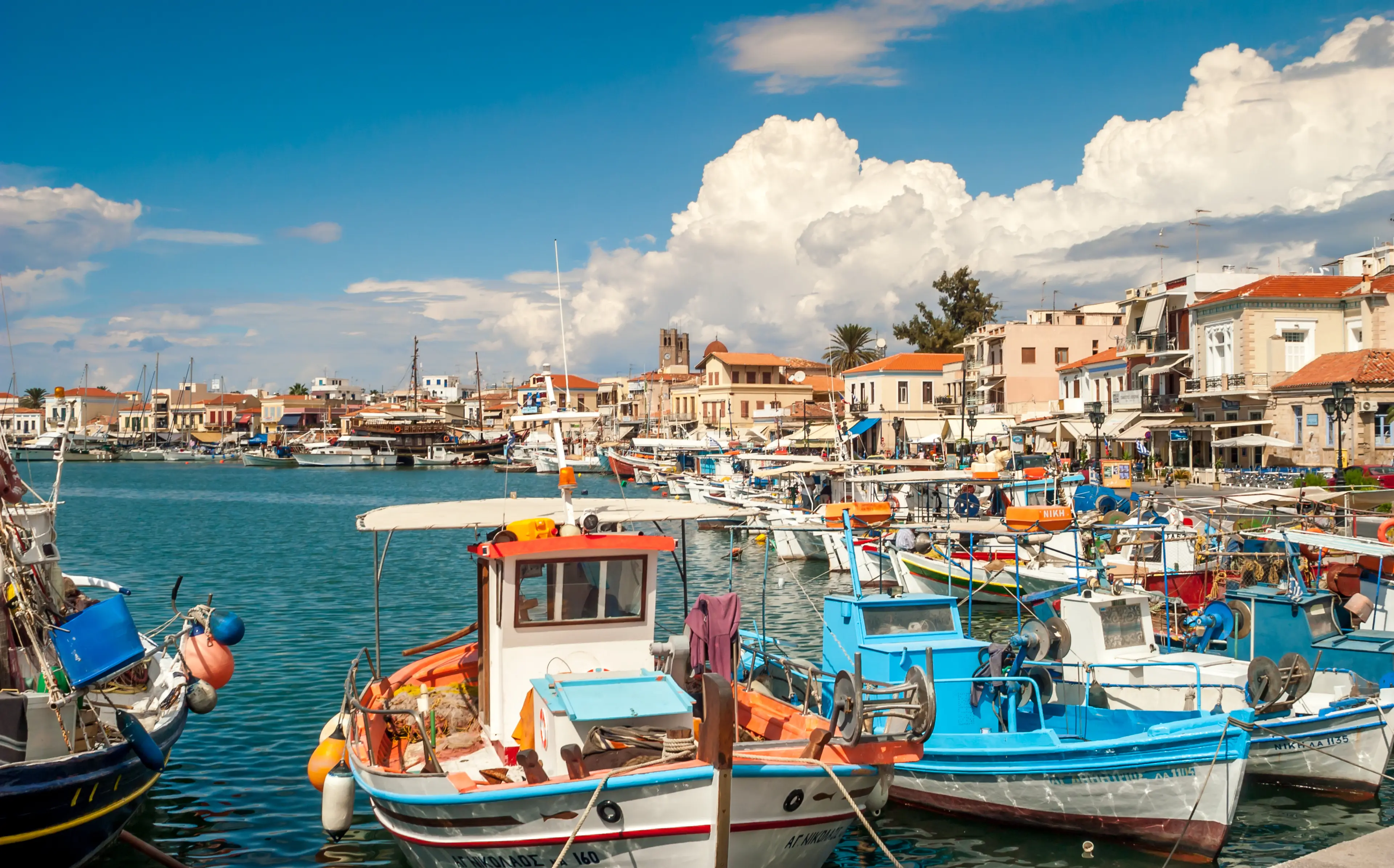
Aegina
Island known for its pistachios, ancient ruins, and beautiful beaches.

Meteora
Rock formations that host one of the largest and most precipitously built complexes of Eastern Orthodox monasteries.
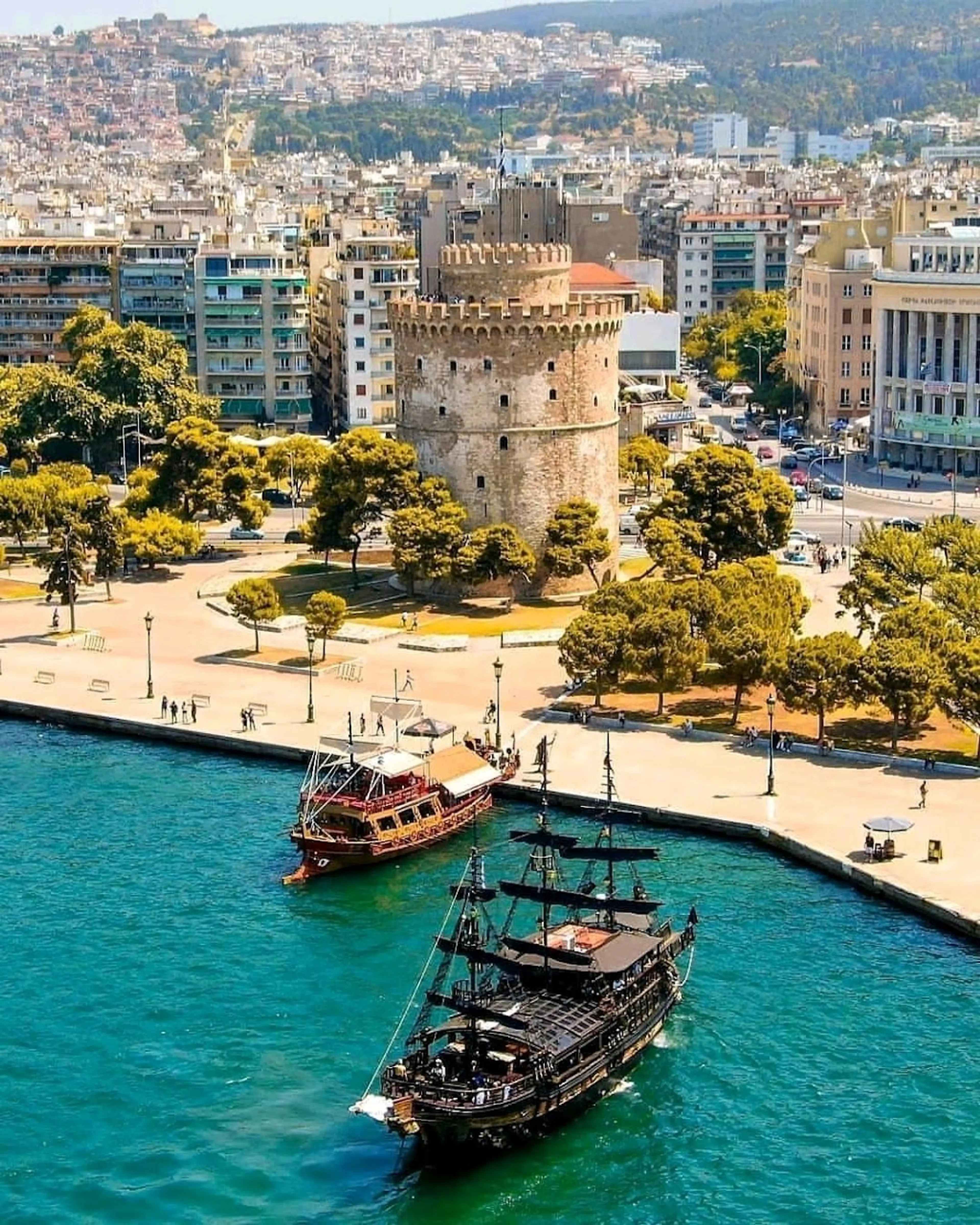
Thessaloniki
Greece's second-largest city, known for its vibrant culture and history.

Santorini
Famous island known for its stunning sunsets, white-washed buildings, and blue-domed churches.
